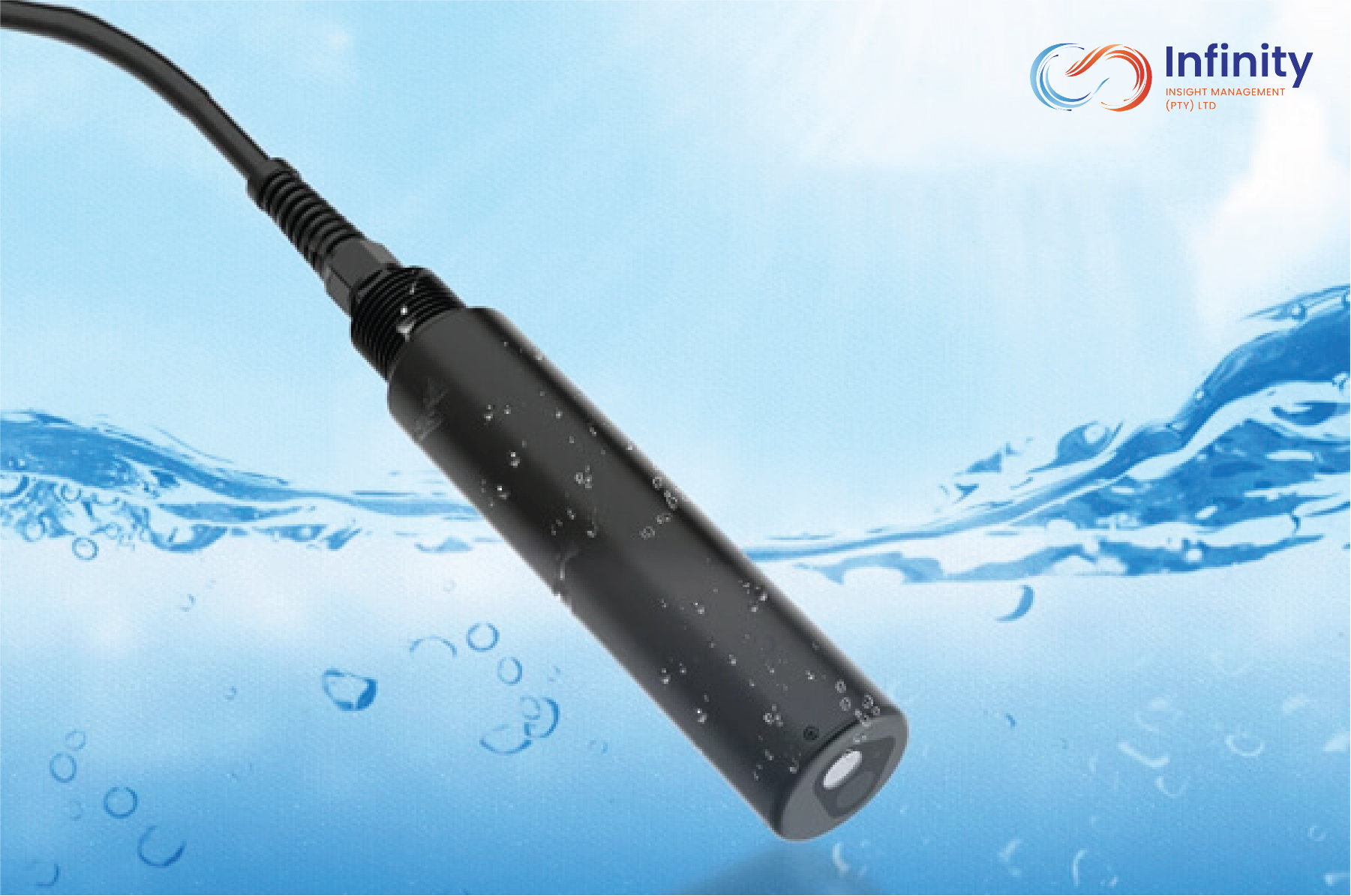Turbidity Sensors: Measuring Water Clarity for Cleaner, Safer Systems
⬅ Back to Posts
Turbidity sensors are crucial tools in water quality monitoring, helping industries, municipalities, and researchers ensure clean and safe water for various applications. By measuring the clarity of water, turbidity sensors detect the presence of suspended particles, providing valuable data for maintaining healthy ecosystems, ensuring compliance with regulations, and optimising processes.
What is Turbidity?
Turbidity refers to the cloudiness or haziness of a liquid caused by suspended particles like silt, clay, organic matter, or microorganisms. High turbidity levels indicate reduced water clarity and can affect water quality, aquatic life, and industrial processes.
How Do Turbidity Sensors Work?
Turbidity sensors measure the amount of light scattered or absorbed by particles in a liquid. Here’s how they typically function:
- Light Source: A beam of light is emitted into the sample.
- Light Detection: Photodetectors measure how much light is scattered or transmitted.
- Calculation: The sensor calculates turbidity, often expressed in Nephelometric Turbidity Units (NTU) or Formazin Nephelometric Units (FNU).
Advanced turbidity sensors may use multiple light wavelengths or angles to improve accuracy in varying conditions.
Applications of Turbidity Sensors
Turbidity sensors are used in diverse fields, including:
- Water Treatment Plants: Monitoring turbidity ensures effective filtration and disinfection.
- Environmental Monitoring: Assessing water quality in rivers, lakes, and oceans to protect aquatic ecosystems.
- Industrial Processes: Maintaining clarity in beverages, pharmaceuticals, and chemical production.
- Aquaculture: Monitoring water quality to support healthy fish and aquatic plants.
- Stormwater Management: Detecting sediment levels in runoff to prevent pollution.
Key Types of Turbidity Sensors
- Nephelometric Sensors: Measure light scattered at a 90-degree angle; ideal for low-turbidity applications.
- Absorptiometric Sensors: Measure the reduction in light intensity through the sample; suitable for high-turbidity environments.
- ISO Compliant Sensors: Designed to meet specific international standards for consistent, reliable measurements.
- Portable Handheld Sensors: Lightweight and easy-to-use devices for field measurements.
- Online Sensors: Continuous monitoring solutions for real-time turbidity data in water systems.
Advantages of Turbidity Sensors
- Accurate Water Quality Assessment: Provides precise measurements for better decision-making.
- Real-Time Monitoring: Enables immediate detection of turbidity changes.
- Non-Invasive Operation: Measures turbidity without altering the water sample.
- Cost-Effective: Reduces operational costs by optimizing filtration and treatment processes.
Challenges and Limitations
While turbidity sensors are invaluable, they do have some limitations:
- Interference: Air bubbles, color, or very fine particles can affect accuracy.
- Calibration Requirements: Regular calibration is necessary to maintain reliable readings.
- Sensitivity to Light Conditions: External light may influence measurements in some setups.
Selecting the Right Turbidity Sensor
When choosing a turbidity sensor, consider:
- Application Needs: Determine the expected turbidity range and required precision.
- Compliance Standards: Ensure the sensor meets industry regulations, such as ISO 7027.
- Durability: Choose robust materials for harsh environments or corrosive media.
- Data Integration: Look for sensors with connectivity options for seamless data collection and analysis.
Maintenance Tips for Turbidity Sensors
To ensure consistent performance:
- Regular Calibration: Use standard solutions to calibrate the sensor periodically.
- Clean Sensor Lenses: Prevent fouling or residue buildup that could skew results.
- Check for Wear and Tear: Inspect cables, connections, and housing for damage.
- Test in Field Conditions: Validate performance with on-site tests in real-world scenarios.
Turbidity sensors are essential for monitoring water quality across a range of applications, from environmental conservation to industrial optimization. By providing accurate, real-time data, these sensors play a vital role in ensuring clean, safe water for both humans and the environment.
Investing in the right turbidity sensor and maintaining it properly can make all the difference in achieving your water clarity goals. Whether you’re a researcher, an industrial operator, or an environmentalist, a reliable turbidity sensor is a valuable asset for sustainable water management.
